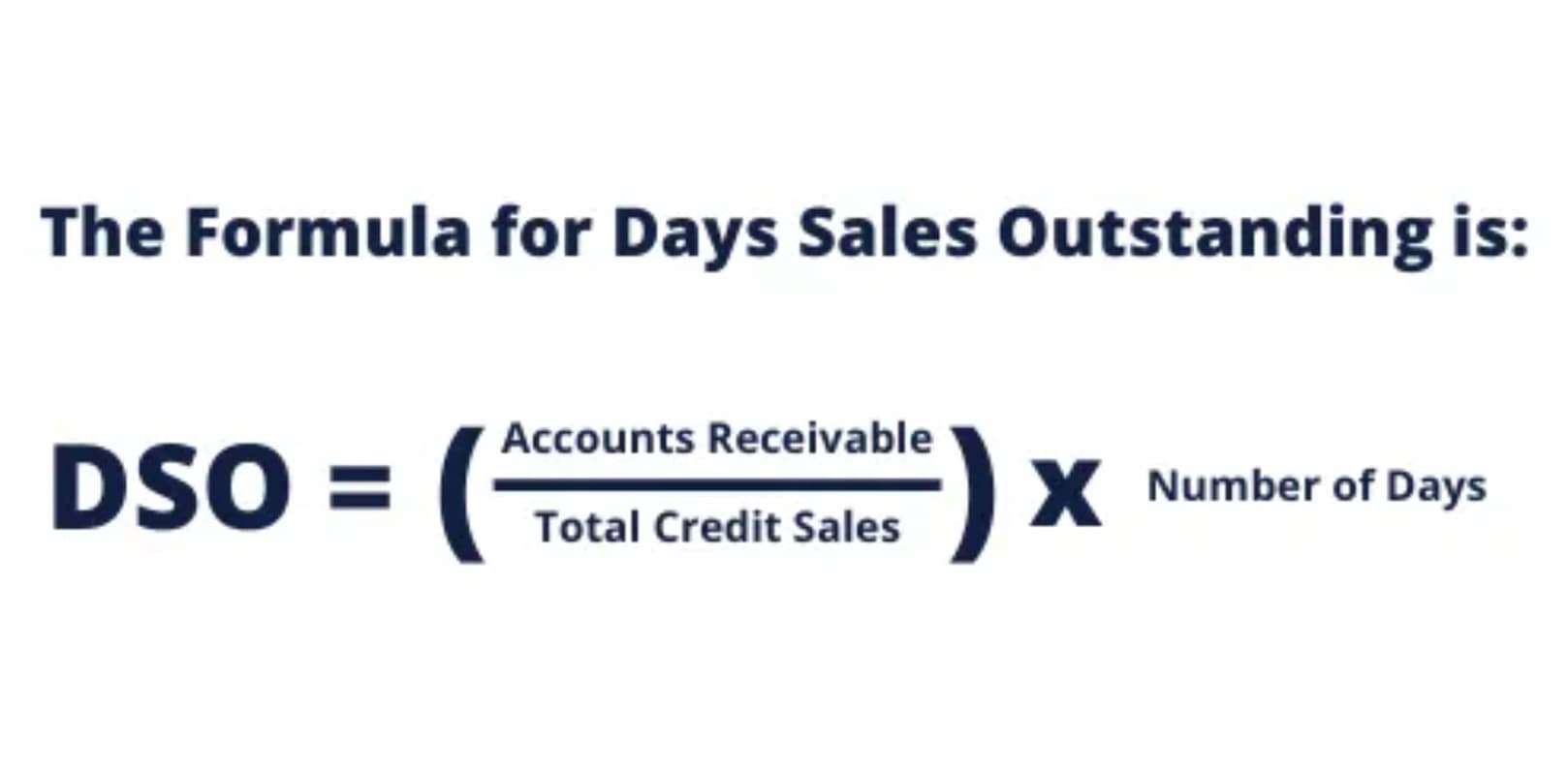
When looking at CIP value in a project’s account, I usually envision the overall progress the company has made on the project. If the total contractual amount for project is $200,000 and the costs in the account have accumulated to $42,000 I would wonder how much have we earned as margin. Well cip accounting to evaluate this, we would need to estimate the percentage of completion to date. Based on the project manager’s description he tells me the foundation is complete, the framing is done and the roof is on. However, none of the trades have started nor are there windows or exterior doors etc.
They cannot capitalize on the fixed assets as well, the construction is not yet finished, so the total cost is also not yet measure reliable. The percentage of completion method requires the use of progress invoices–a billing document used to bill for partial project completion as you complete work. Along these lines, you can now https://www.bookstime.com/ match revenues to the expenditures that help you generate those revenues, giving you a more accurate picture of the true results of this job. You’ll hear this concept referred to as the “matching principle.” This principle solves the biggest problem from cash basis accounting, which is the misalignment of revenues and expenses.
Job costing
To calculate the earned revenue to date, Construction Ltd then needs to multiply the percentage complete (25%) by the total estimated profit ($400,000). This means the business should have an earned revenue to date of $100,000. You can then calculate the over under billing by subtracting the earned revenue to date from the (total amount billed minus the total cost to date). Learn why an accurate and timely WIP report is one of the most essential tools a contractor can use to optimize cash flow. Concrete Crew’s application of WIP accounting, reflected in their monthly WIP schedule, serves as a vital instrument for fiscal oversight and strategic financial planning. It helps the firm to identify and adjust to underbilling and overbilling situations, thereby securing cash flow and preserving client relationships.

The percentage of work completed relies on a simple calculation of the actual costs to date divided by the revised estimated costs. Here is an example to help you visualize what construction-in-progress may look like in your accounting books. Let’s explore a case study that exemplifies the interconnection between WIP accounting practices and the utilization of a WIP schedule in construction. Over- and underbilling identify disparities between the actual billings and the earned revenue.
Construction Work in Progress: Definition, Accounting Treatment, Journal Entry, Example
The right software will provide you with real-time updates on project progress, so you can accurately keep track of jobs and budgets. Importantly, accounting software allows you to identify problems before they affect the progress of a job and eat away at your profit margins. Construction work-in-progress assets are unique in that they can take months or years to complete, and during the construction process, they are not usable. If a company does not track these costs accurately, its finance department may wonder why the company is generating expenses that do not immediately produce profits. You can’t evaluate each of the projects based on their respective percentage of progress against the corresponding direct costs and determine overall production for the company.

Contractors, however, need to treat each and every construction project as a unique, short-term profit center. What really makes this special is that each construction job tends to have unique inputs and requirements. Even when projects have similar production requirements, they’re often subject to different site conditions or local variables like labor availability, cost of materials and legislation.


